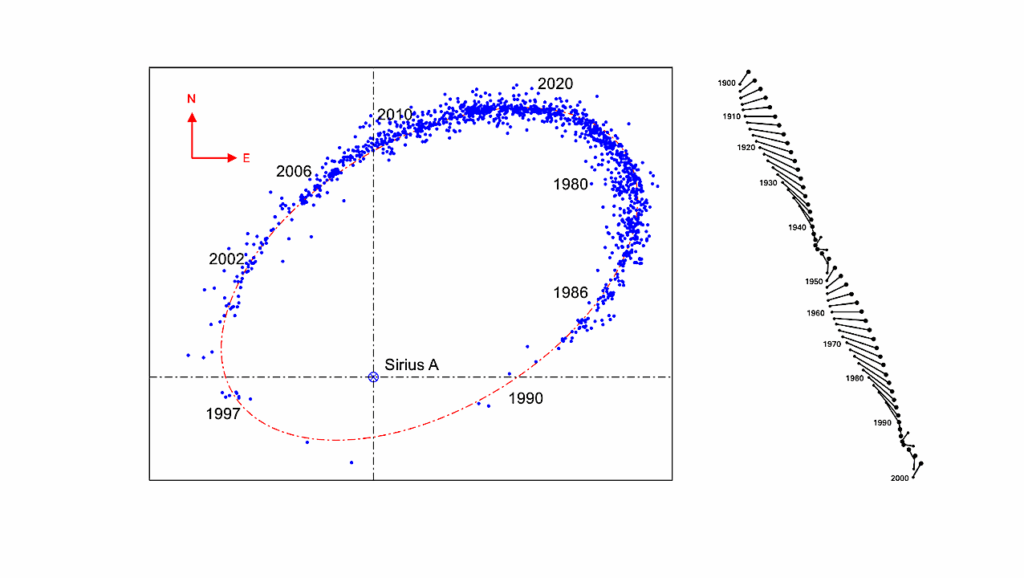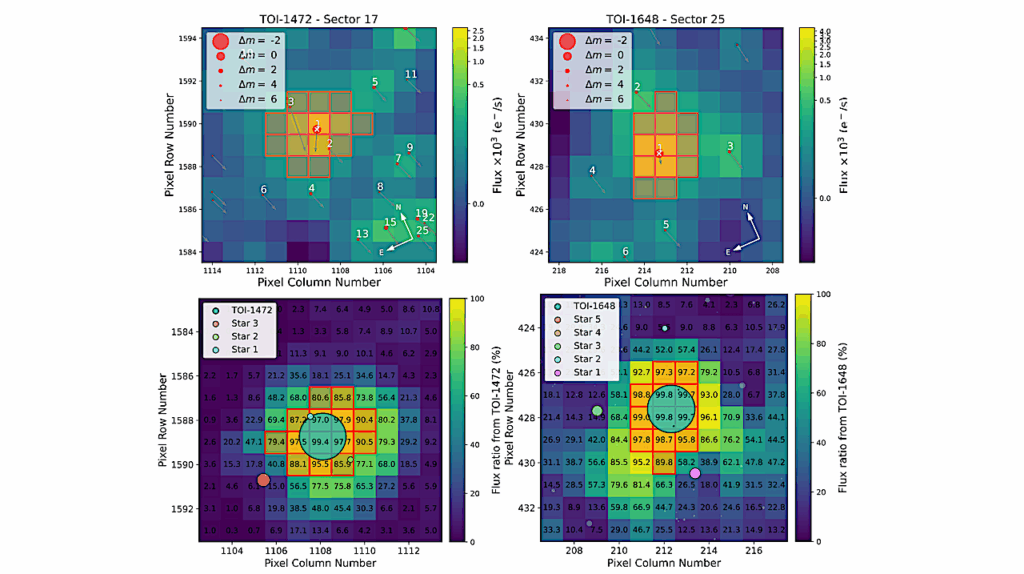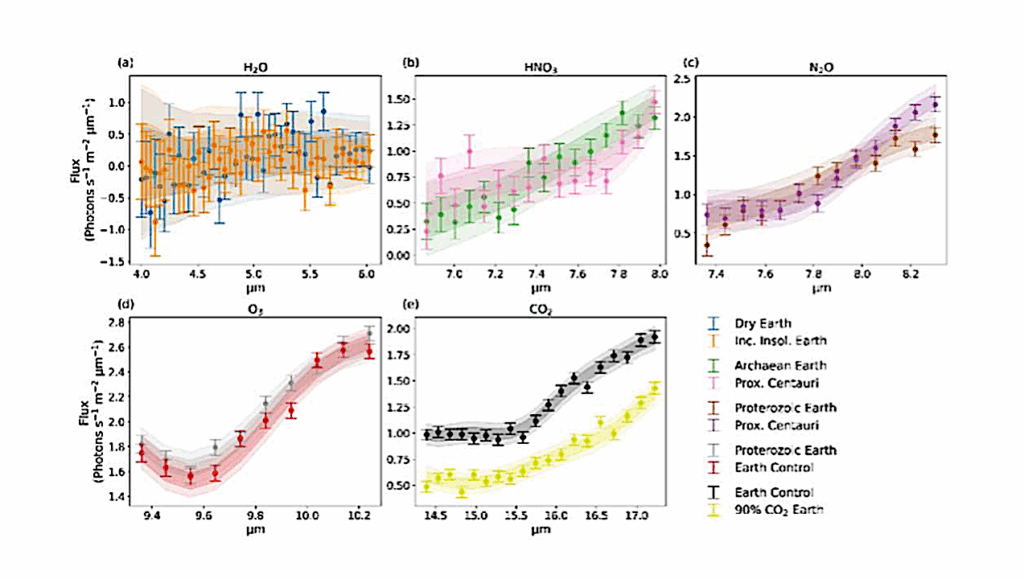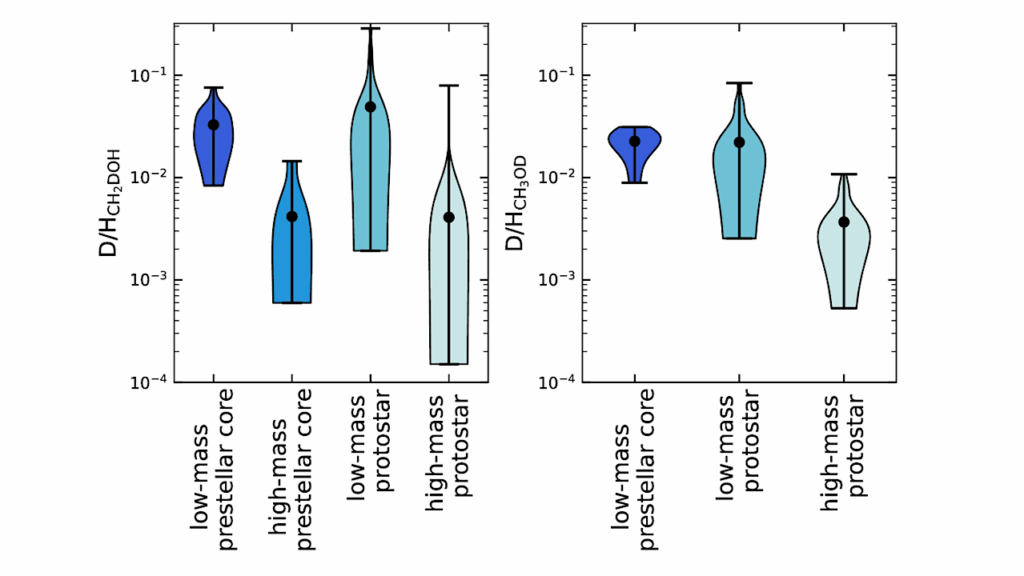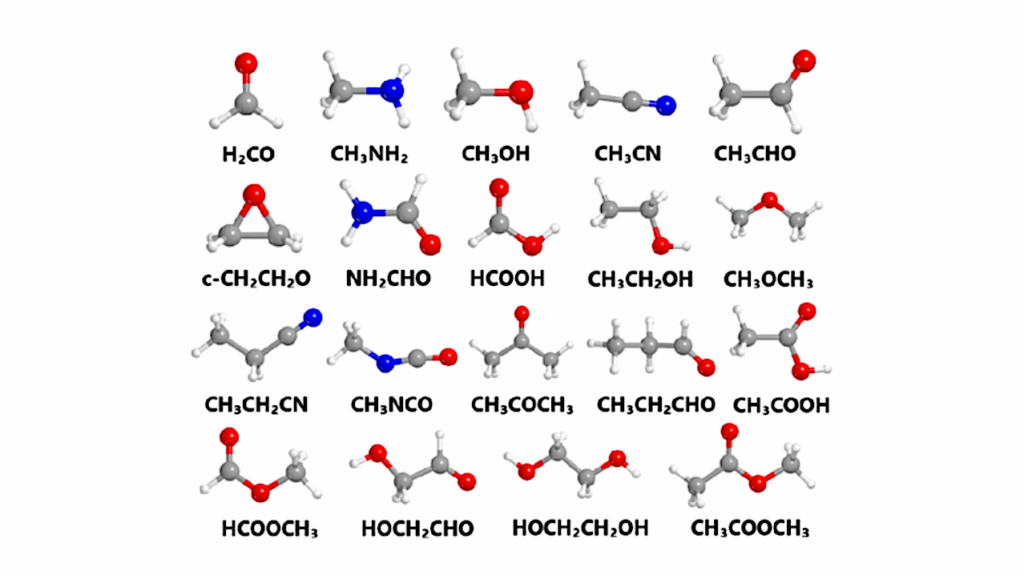The Coupled Impacts of Atmospheric Composition and Obliquity on the Climate Dynamics of TRAPPIST-1e

Planets in multi-planet systems are expected to migrate inward as near-resonant chains, thus allowing them to undergo gravitational planet-planet interactions and possibly maintain a non-zero obliquity.
The TRAPPIST-1 system is in such a near-resonant configuration, making it plausible that TRAPPIST-1e has a non-zero obliquity. In this work, we use the ExoCAM GCM to study the possible climates of TRAPPIST-1e at varying obliquities and atmospheric compositions.
We vary obliquity from 0∘ to 90∘ and the partial pressure of carbon dioxide from 0.0004 bars (modern Earth-like) to 1 bar. We find that models with a higher obliquity are hotter overall and have a smaller day-night temperature contrast than the lower obliquity models, which is consistent with previous studies. Most significantly, the super-rotating high-altitude jet becomes sub-rotating at high obliquity, thus impacting cloud and surface temperature patterns.
As the amount of carbon dioxide increases, the climate of TRAPPIST-1e becomes hotter, cloudier, and less variable. From modeled thermal phase curves, we find that the impact of obliquity could potentially have observable consequences due to the effect of cloud coverage on the outgoing longwave radiation.

Maps of surface temperature (colors) over the last 12 days of model time for each GCM simulation. The time axis shows the actual model time in Earth days. All CO2 cases (each column) have independent color bars. Cases with hotter surface temperatures dampen seasonal variability in favor of long-term atmospheric variation. — astro-ph.EP

Maps of vertically integrated total cloud water path (colors) for each GCM simulation with all pCO2 cases (each column) having independent color bars. Darker colors indicate areas with more clouds. For low obliquity cases, the cloudiest areas occur just east of the substellar point due to advection by the superrotating jets. As with surface temperature, the highest column mass of clouds are at the poles for models with higher obliquities. The change in direction of the high-altitude superrotating jet in the high obliquity cases causes the peak in cloud water path to be west of the substellar point. — astro-ph.EP
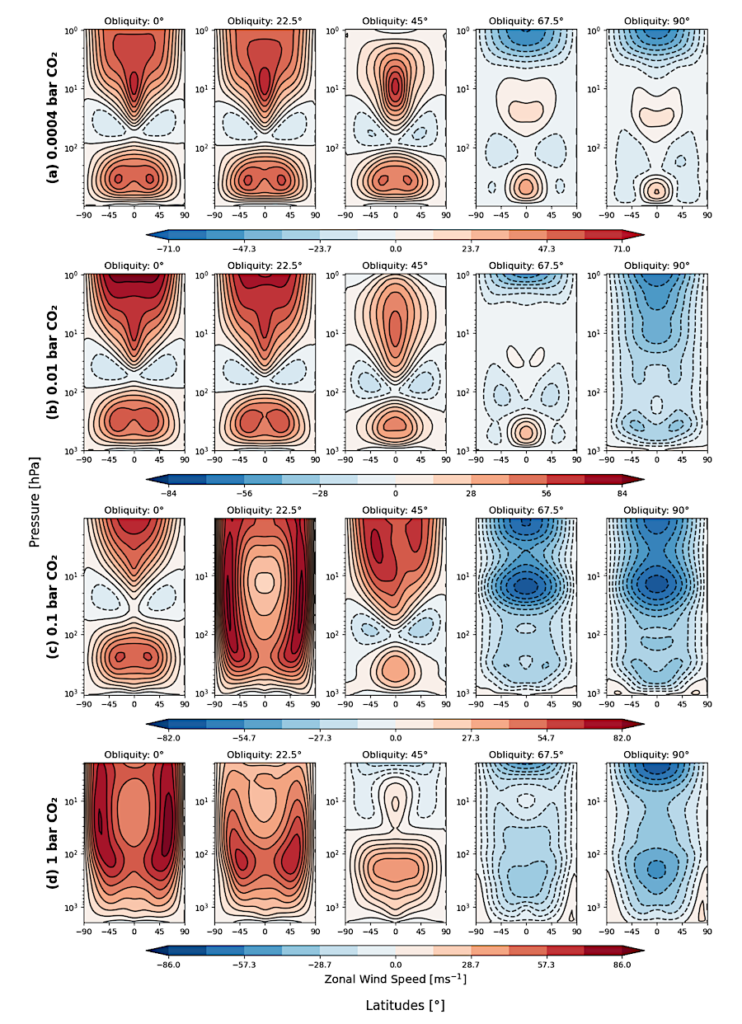
Maps of zonal mean zonal wind speeds (colors and contours). Negative (blue) values indicate westward motion, while positive (red) values indicate eastward motion. For the contours of zonal wind, solid lines indicate eastward moving winds, while dashed lines indicate westward moving winds. The reversal of equatorial wind speeds when the obliquity changes from 45◦ to 67.5◦ is seen here as well. — astro-ph.EP
Tobi Hammond, Thaddeus Komacek
Comments: 12 pages, 8 figures. Accepted for publication in ApJ
Subjects: Earth and Planetary Astrophysics (astro-ph.EP)
Cite as: arXiv:2405.06615 [astro-ph.EP] (or arXiv:2405.06615v1 [astro-ph.EP] for this version)
Submission history
From: Tobi Hammond
[v1] Fri, 10 May 2024 17:27:11 UTC (4,160 KB)
https://arxiv.org/abs/2405.06615
Astrobiology,


